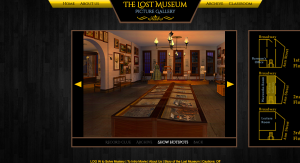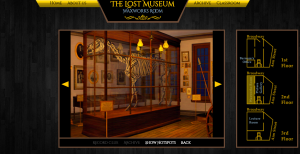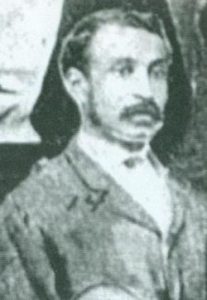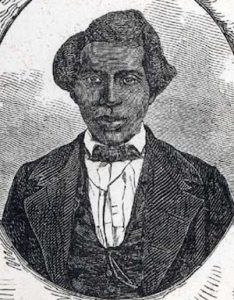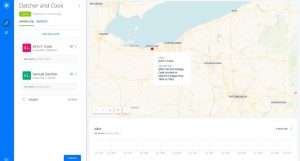We have created a map based on the individual lives of Thomas E. Dorsey and James Vogelsang Fortin. Using digital mapping and research, we can see how the lives of two individuals came to intersect. Thomas Dorsey was born in Philadelphia in 1838 to a family involved in the Underground Railroad and liberation of slaves. He first attended New York Central College, and then eventually worked his way into medical school at Harvard University. After becoming personally associated with Frederick Douglass and opening his own medical practice, he became Deputy Marshal until 1881. He eventually died in 1897, with little to no obituary or recognition for personal accomplishments. James Vogelsang Fortin literally grew up in a house that served as an Underground Railroad station. Born in Byberry, PA, Fortin was eventually sent to New York Central College to become a “future reformer and humanitarian”. Eventually, he enlisted in the U.S. Navy and became an officer’s steward. He also reunited with his father after being stationed in Baltimore. After being discharged and moving to Centre, NJ, Fortin/Forten became renowned as the richest man of color to ever live in America, and it is said he spent most of his fortune on facilitating the escape of slaves or actually purchasing their freedom. He died May 27, 1907 in Centre, NJ. In the map below, you can see the paths of these two individuals’ lives from their place of birth to their location of death.
Map of James Fortin and Thomas Dorsey’s lives
By Peter McKasty, Monique Walsh and Kara Smith

